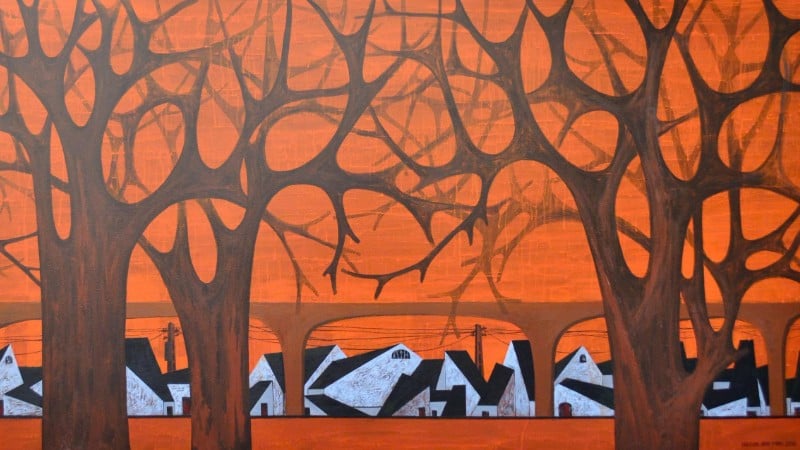
Painter Nguyen Minh (Minh Pho) was born in 1982 in Hanoi , graduated with a Master's degree in Fine Arts from the Vietnam University of Fine Arts. He began his professional creative career around 2000 - a time when Hanoi was undergoing a dramatic transformation due to the wave of urbanization.
For Minh Pho, the familiar space of each street, shop, tiled roof, electric wire, signboard... is forever an extremely close and sacred spiritual memory, always arousing a feeling of regret when witnessing the gradual loss of old values.
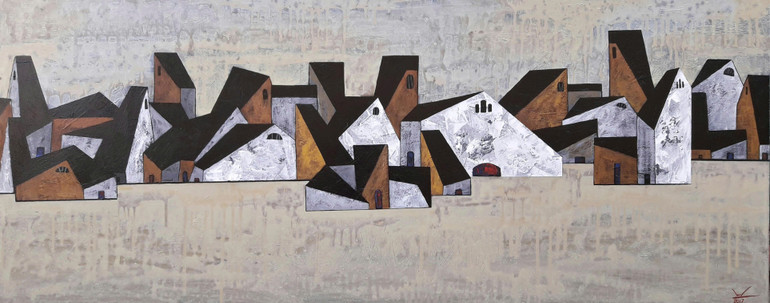
Right in the interview at his first solo exhibition, the artist shared: The streets in his paintings are not just for accommodation and making a living, but they are truly spaces for nostalgia and worry.
The artist's early works (2008-2018) have a strong cubist tone with angular, angular blocks but still maintain a soft, sensual rhythm.
There, viewers feel the familiar yet distant atmosphere of a Hanoi that is not noisy but heavy with nostalgia.
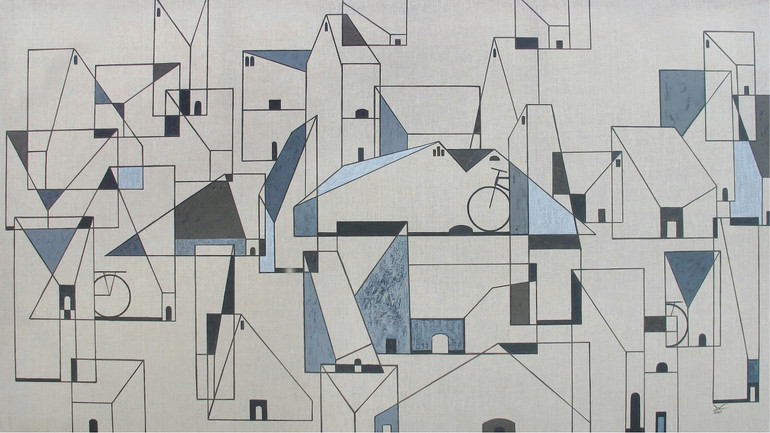
The exhibition "Nguyen Minh & Pho" (2018) can be considered the first mark recording the artist's ten-year journey of searching for and shaping his style.
35 works including 29 paintings and 6 metal sculptures are evaluated by experts as a translation of memories into shapes.
Poet Nguyen Quang Thieu, Chairman of the Vietnam Writers Association , shared: "I realized that Nguyen Minh had found his own path. He had built streets of his time - streets that were both real and dreamy, both of yesterday and today."
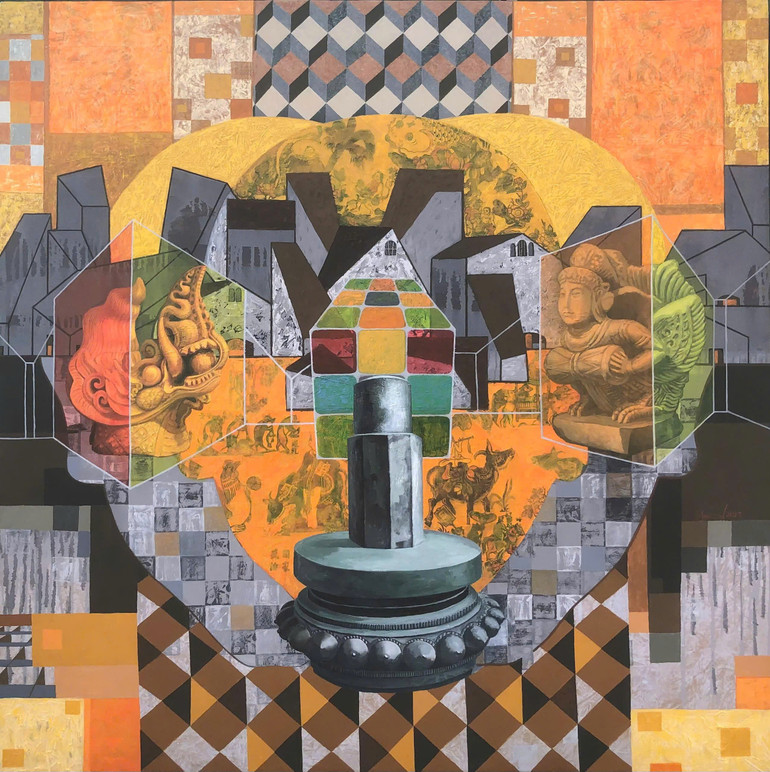
Meanwhile, painter Luong Xuan Doan, Chairman of the Vietnam Fine Arts Association, commented: "Minh Pho is confident enough to tell another story of the street and village in a beautiful, peaceful structure that still retains the old charm that is hard to lose."
Minh Pho's paintings are characterized by a consistent choice of seemingly familiar and old topics to express new ideas. After the initial steps, he moves to a stage of expanding his thinking and dialogue between the city and the village.
If "Street" symbolizes transformation, urbanization and lost memories, then "Village" is the original space where rice is the cultural nucleus representing life, labor, and the balance of yin and yang.
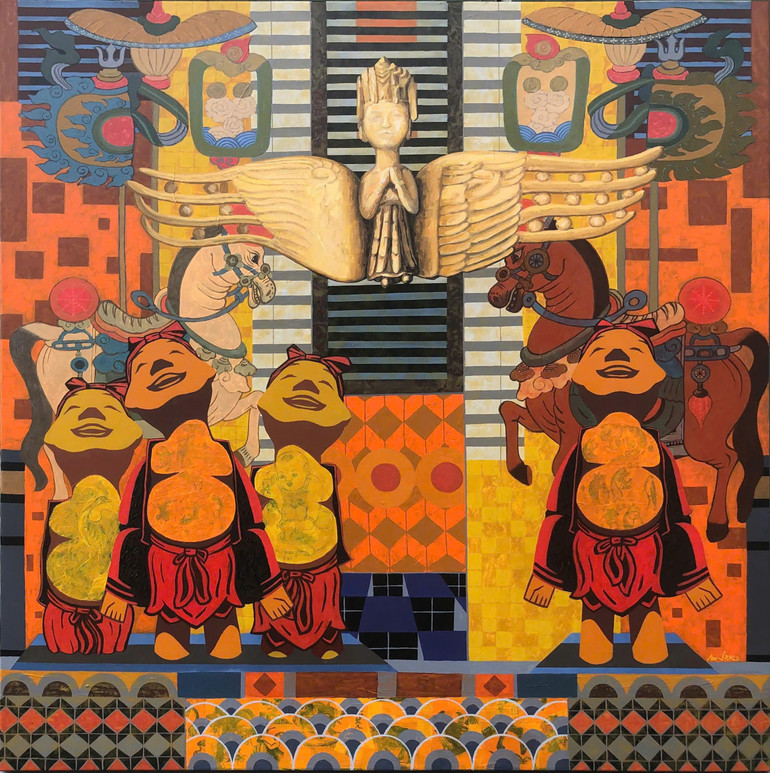
"Rice grains have both glutinous and non-glutinous grains, soft and round, completely opposite to the square, zigzag blocks of the street. Those two images are two poles of a world , like yin and yang, old and new, static and dynamic. I am just the one who finds a way for them to dialogue with each other," the artist shared in a conversation at his studio in Hanoi in 2021.
In this period (2018-2022), Minh Pho paintings are less descriptive of architecture, instead they are symbolic spatial structures linked by the rhythm of blocks and lines.
Materials are also expanded, from oil paint, acrylic, lacquer to wood carving, metal, installation.
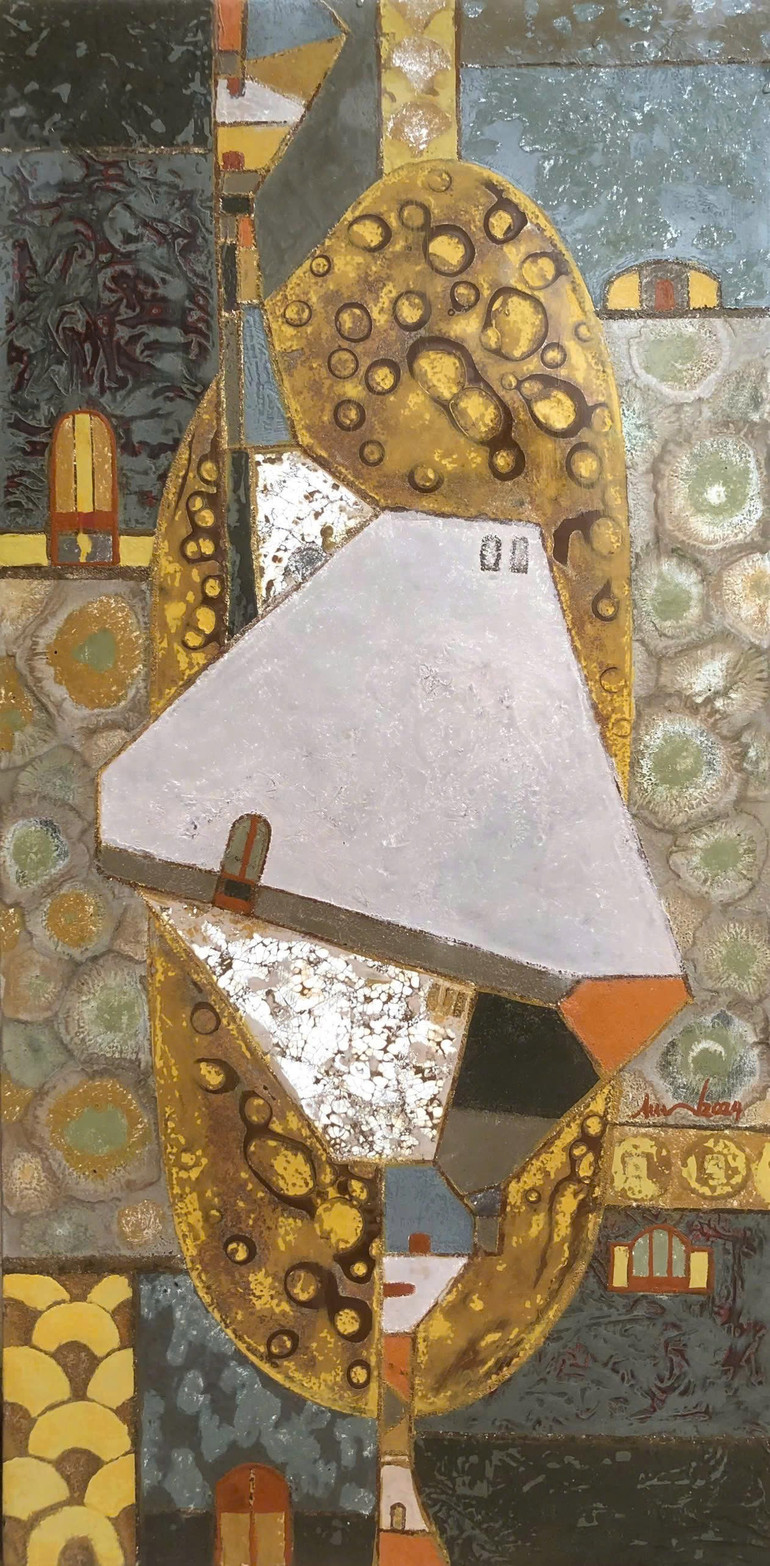
The exhibition "Street Rhythm" (2022) clearly demonstrates that transformation through more than 50 multi-material works, many of which are arranged as "memory sculptures".
In that special space, the audience feels more deeply the movement of space, time and consciousness.
What is special about Minh Pho's works is the blend of Western structure and Eastern spirit. There are the cubist shapes of Picasso, the rhythms of Klee, but still have a strong Vietnamese imprint through warm colors, natural materials and folk symbols.
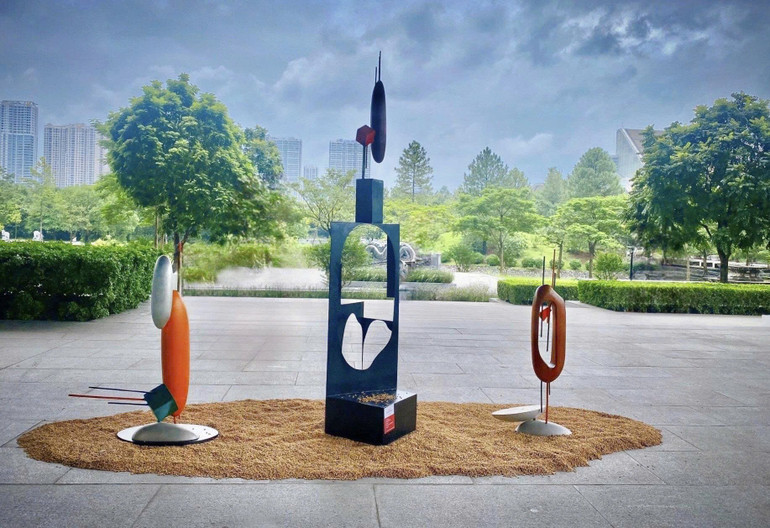
Rice grains, communal house roofs, pagoda pillars, old tiles... are brought into the creative space by him as "cultural codes", both concrete and abstract, both memories and succinct and philosophical.
With the rapidly changing social context, as contemporary art becomes increasingly internationalized, the question "how to remain yourself?" is always a concern for many artists on their creative journey.
Nguyen Minh answers that question through his own creative path. He puts Vietnamese culture at the center of his creativity and emotions, then interprets it in the language of the times.
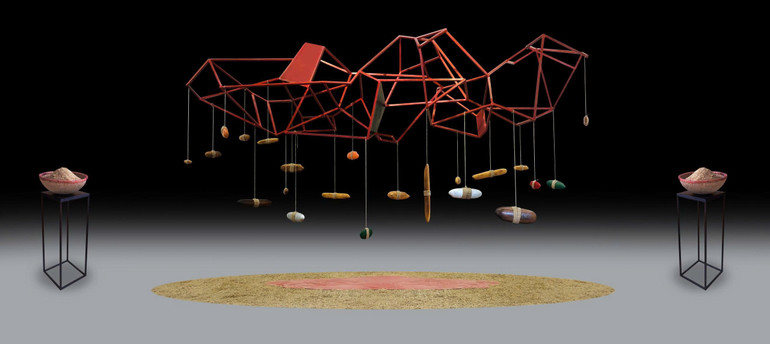
This choice reveals the point of view: Art is not the aesthetics of form but has actually become a form of thought, reflecting the collision or fusion between tradition and modernity. Therefore, in Nguyen Minh's paintings and sculptures, there always exist two layers: emotion-memory; thought-philosophy.
For example, the rice grain, which is a small object in the agricultural civilization, is elevated by the artist to become a philosophical symbol, a metaphor for the balance and cycle of birth and death in human life. Or the street structure in Nguyen Minh's paintings is no longer static but seems to be moving, melting, and integrating. That is an expression of a very modern view of memory space.
From that perspective, Minh Pho's painting journey has not only developed in technique and materials, but also is an ideological journey of an artist seeking answers to Vietnamese identity in global art. Domestic and foreign collectors also highly appreciate the artist's works with spaces appearing in France, the US, Germany, Australia, Singapore... contributing to introducing the image of contemporary Vietnamese fine arts to the world.
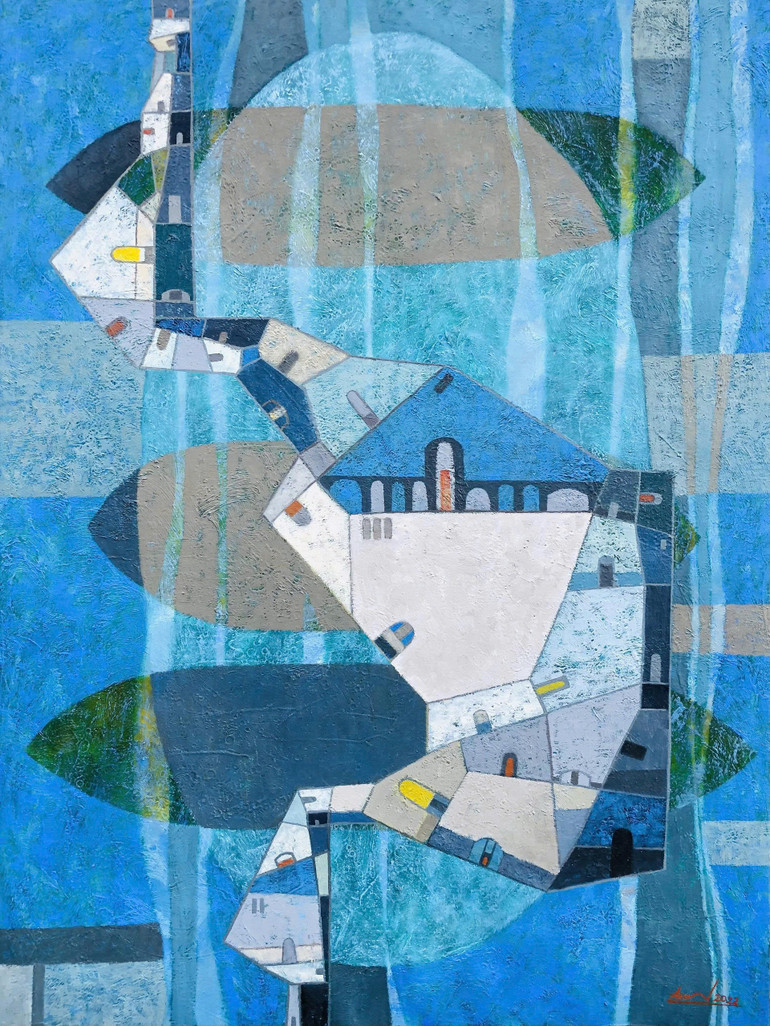
Besides his creative path, Nguyen Minh has also become a connecting factor for the art community. He founded the Heritage & Art (H&A) group, which brings together young artists with the goal of preserving and renewing Vietnamese cultural values in contemporary art; and is also a founding member of the Multifaceted group and the youngest admin of Vietnam Art Space (VAS) - an online platform connecting hundreds of domestic and foreign artists.
For artists, art is truly essential in the responsibility of spreading the spirit of humanity and love. Charity projects, fundraising auctions, or programs to bring art to schools, the countryside… all bear the mark of Minh Pho - a person who considers art the language of sharing.
In a recent conversation, he said: "I think art is only truly meaningful when it touches others. My work may not be perfect, but if it makes viewers stop for a few seconds to remember their village, their memories, then that is enough for me."
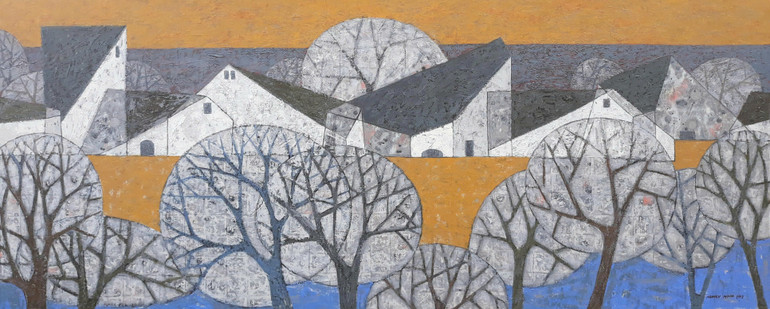
After about 20 years of tireless creativity and connection, Nguyen Minh is still steadfast with the theme of Streets-Village-Rice-Vietnamese Heritage and he is constantly innovating his expressive language. Currently, the artist is aiming for interactive installations so that viewers can empathize more with the work, and participate in the space of memory and heritage.
New projects, such as "Once Upon a Time" (2024-2025), demonstrate his efforts to connect Vietnamese heritage with modern audiences, especially the younger generation. There, communal house roofs, rice grains, streets... have become special, sacred materials, contributing to redefining Vietnamese identity in the context of globalization.
Nguyen Minh said he is preparing for an international exhibition project in Singapore, with the theme "Rice Grains and Memories of Southeast Asia". This mark will mark the combination of the Vietnamese rice grain symbol with the architectural structures of countries in the region in an approach that is both regional and affirms Vietnam's own mark.
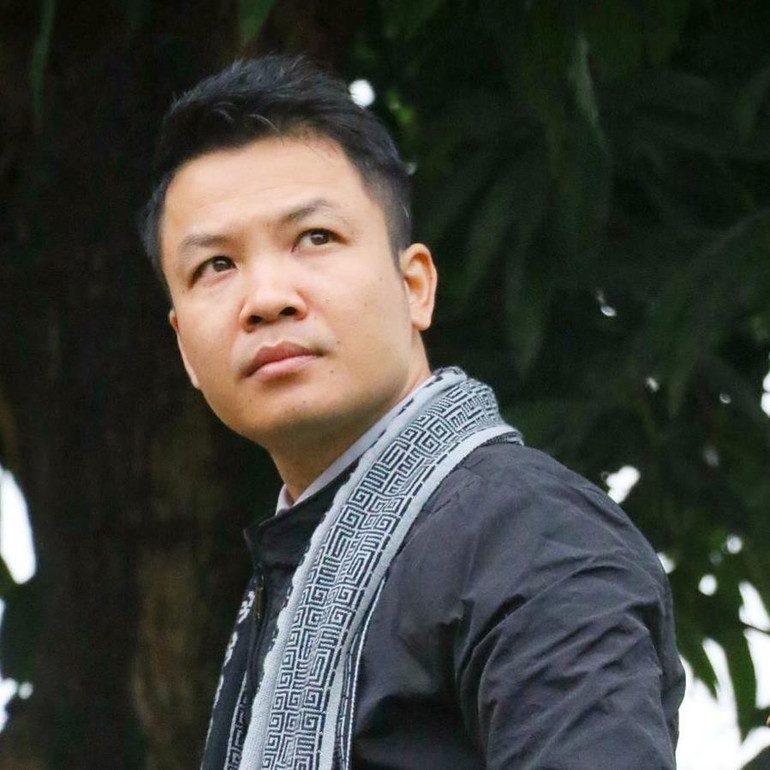
Looking at Nguyen Minh’s paintings and sculptures, one can feel the mindset of a Vietnamese person who is in dialogue with the times through the language of art; gradually building a map of memories through the shapes, colors and thoughts of his generation. It is the journey of a soul that knows how to listen to the echoes of the past, see clearly the present and look towards the future with faith in the lasting value of national culture.
Looking back at Nguyen Minh's journey, we see the image of a "sower" in life. While working and contributing, he also takes care of and cherishes it with the belief that art can make the land bloom, can make heritage come alive in each person. Living and loving quietly, to sow more "grains of rice" for life, for people and for himself is a quiet, patient but no less free and open journey that Nguyen Minh persistently conquers.
Source: https://nhandan.vn/minh-pho-va-hanh-trinh-lan-toa-di-san-van-hoa-viet-trong-nghe-thuat-duong-dai-post916821.html





![[Photo] Da Nang residents "hunt for photos" of big waves at the mouth of the Han River](https://vphoto.vietnam.vn/thumb/1200x675/vietnam/resource/IMAGE/2025/10/21/1761043632309_ndo_br_11-jpg.webp)
![[Photo] Prime Minister Pham Minh Chinh received Mr. Yamamoto Ichita, Governor of Gunma Province (Japan)](https://vphoto.vietnam.vn/thumb/1200x675/vietnam/resource/IMAGE/2025/10/21/1761032833411_dsc-8867-jpg.webp)

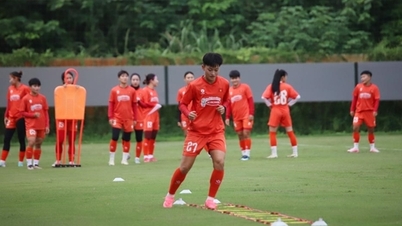

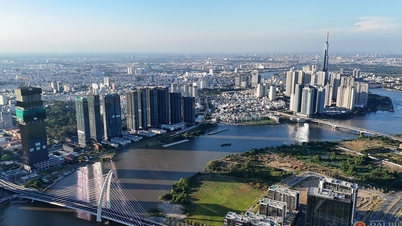

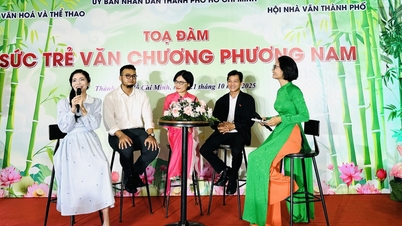

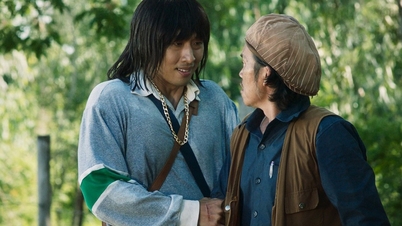
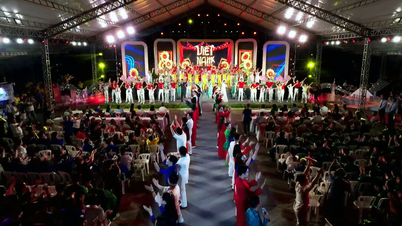

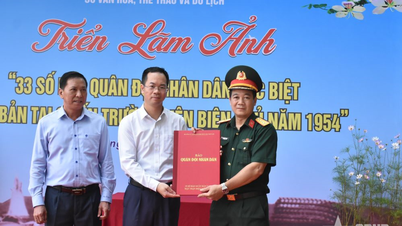





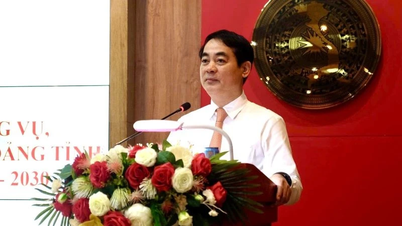
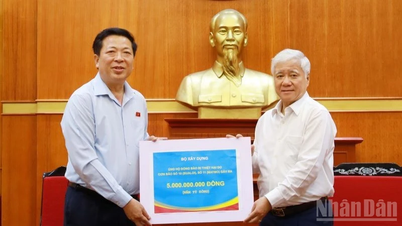
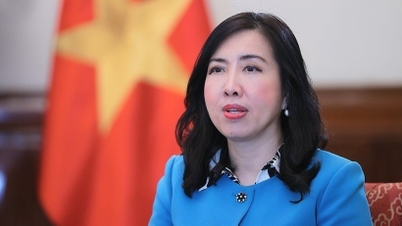
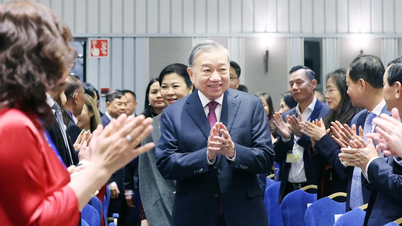
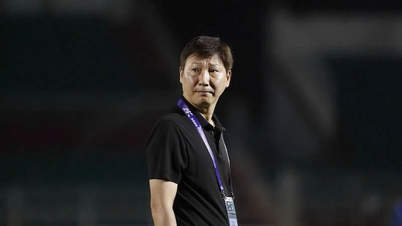
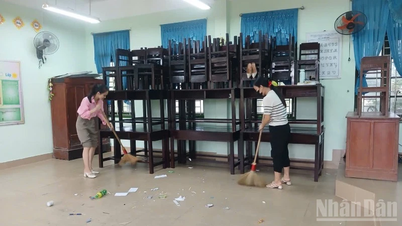
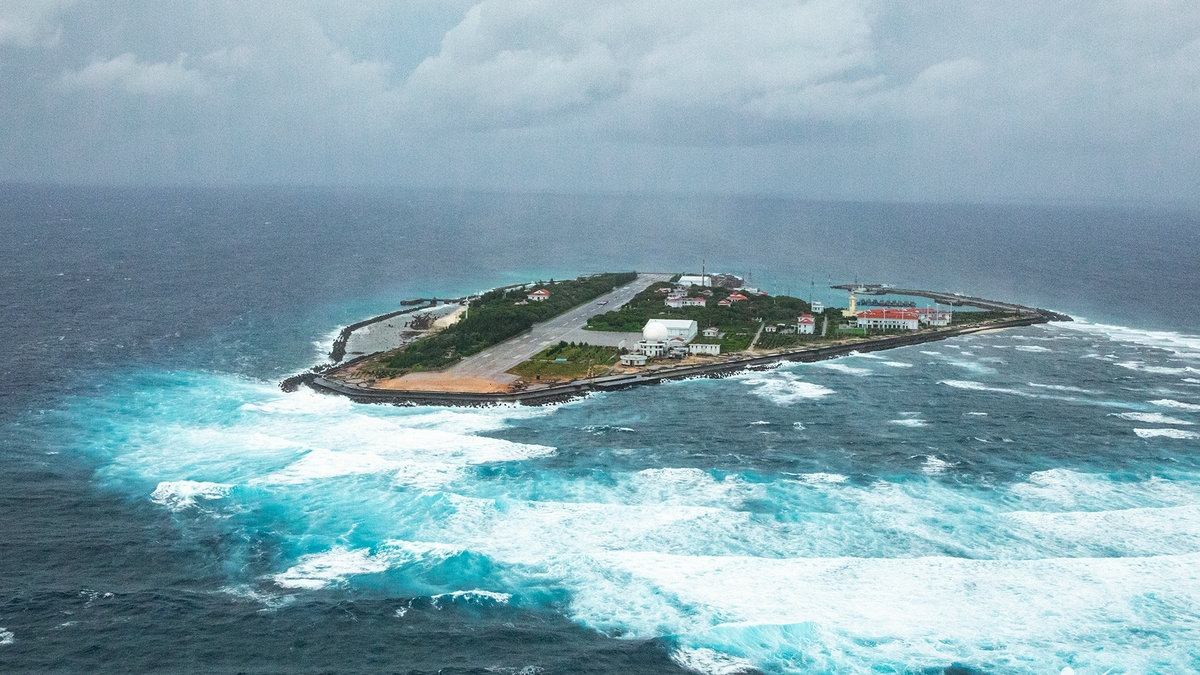
![[Photo] Prime Minister Pham Minh Chinh meets with Speaker of the Hungarian National Assembly Kover Laszlo](https://vphoto.vietnam.vn/thumb/1200x675/vietnam/resource/IMAGE/2025/10/20/1760970413415_dsc-8111-jpg.webp)



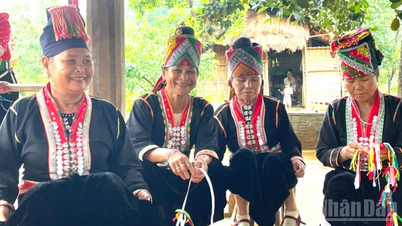




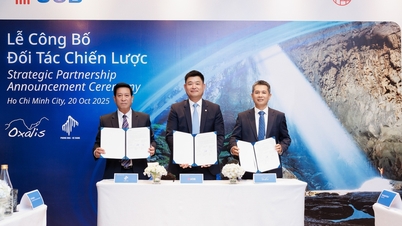





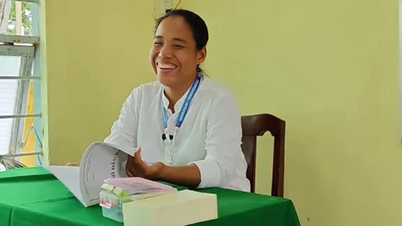
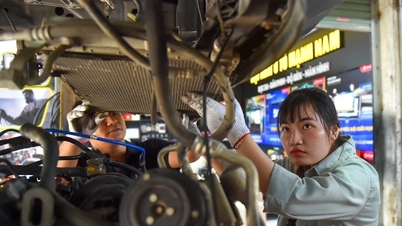

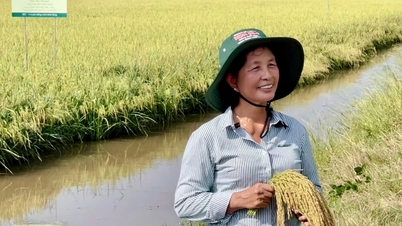

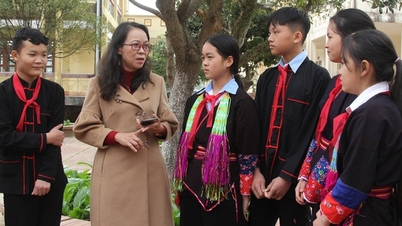

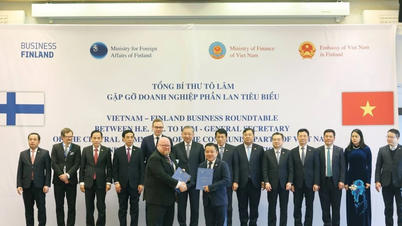



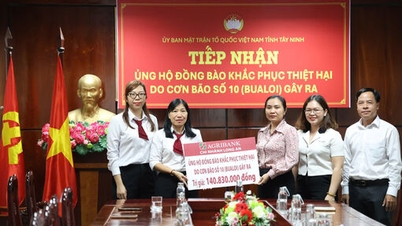


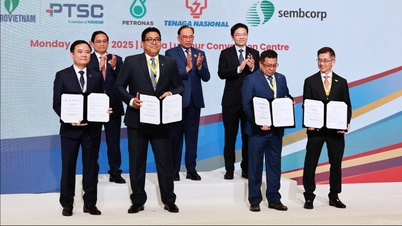

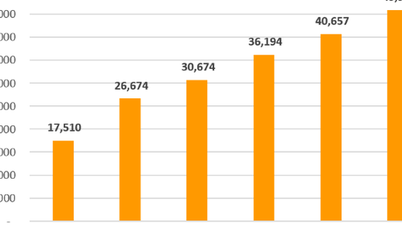







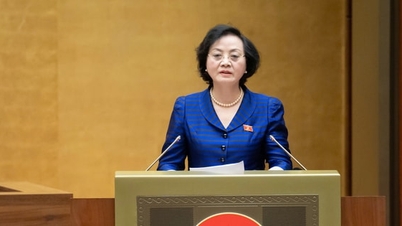



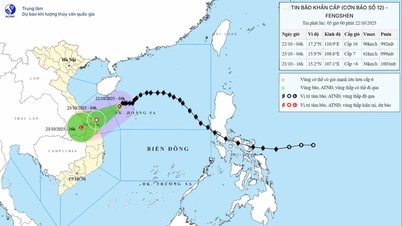
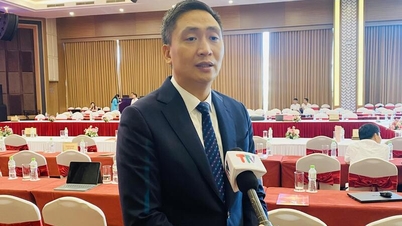

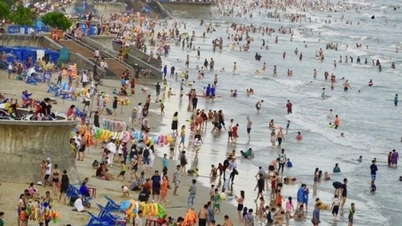

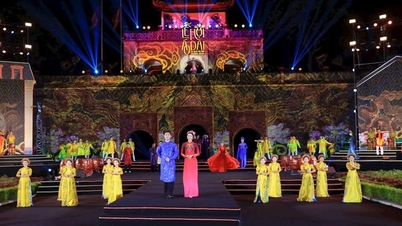



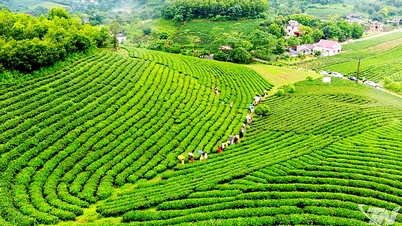

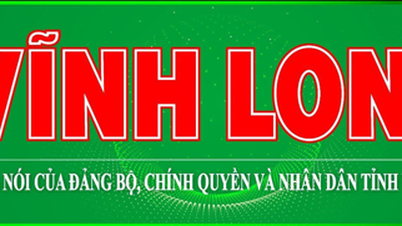

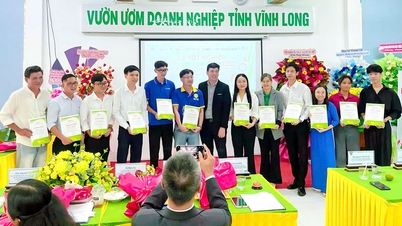
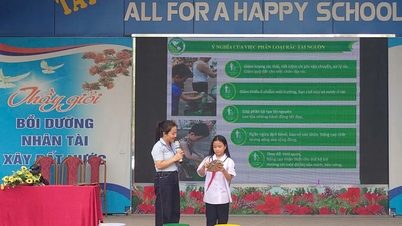

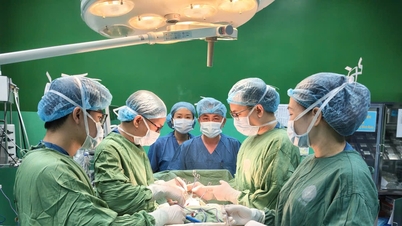

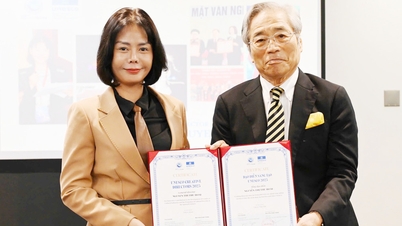











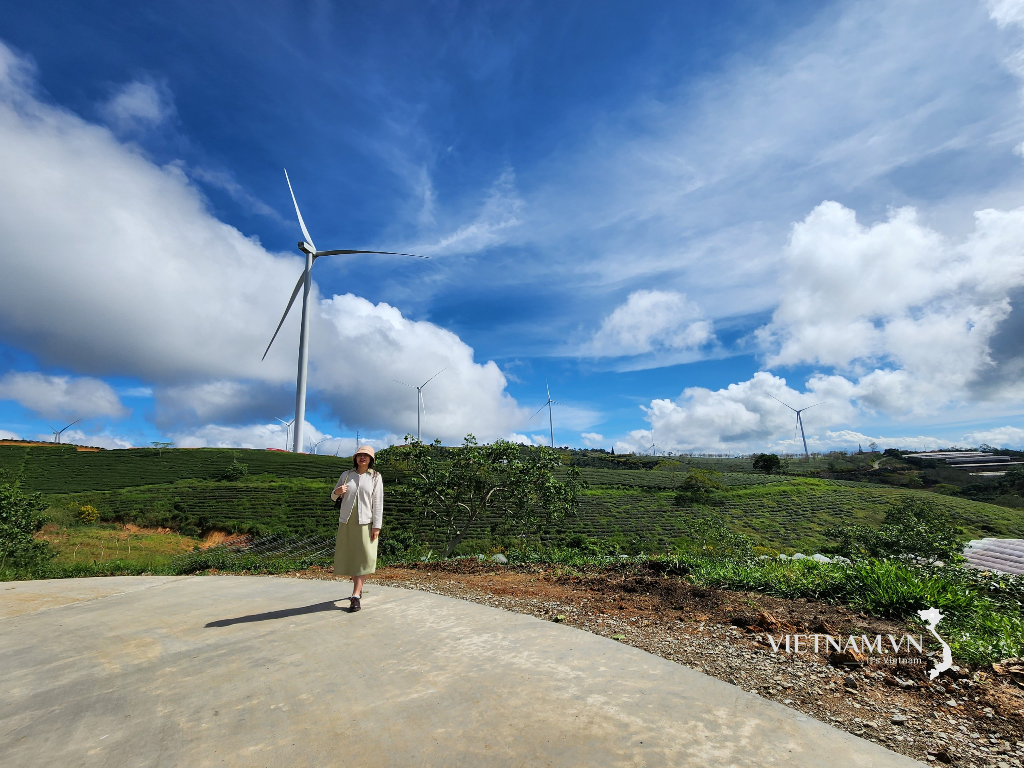
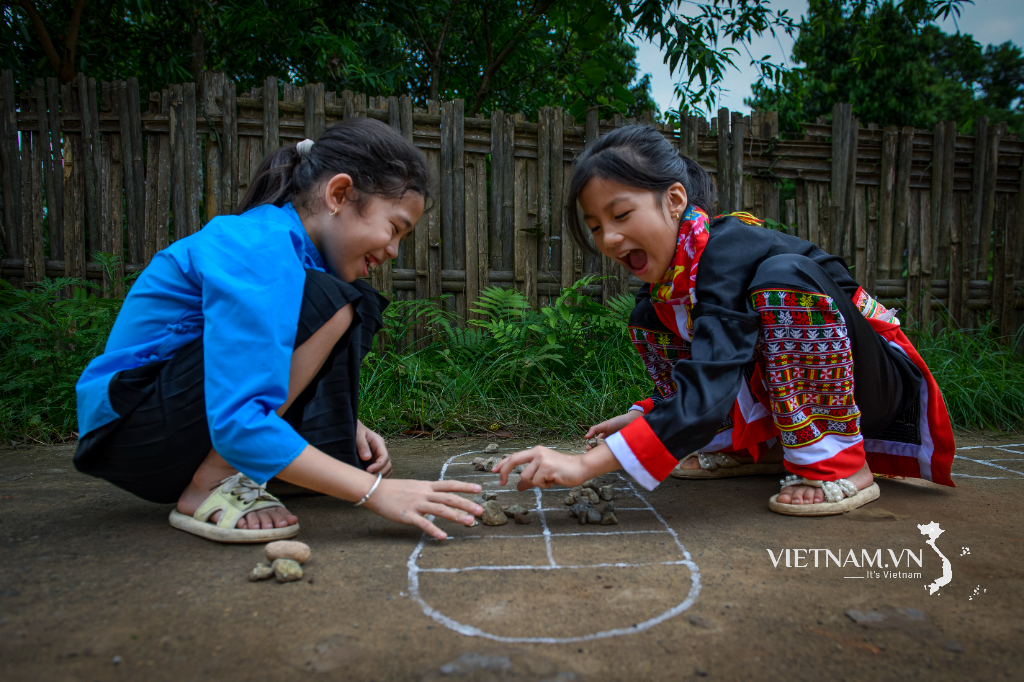


Comment (0)